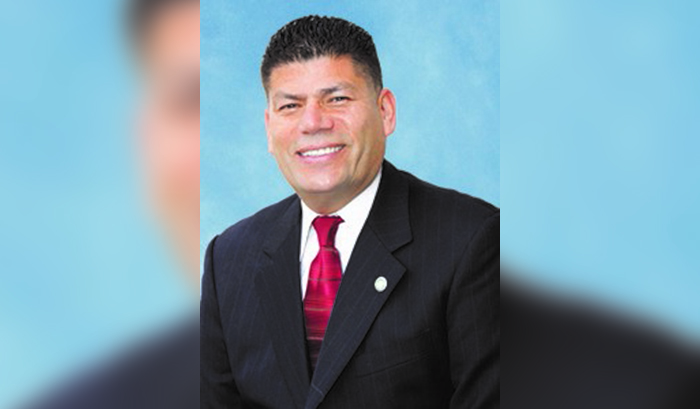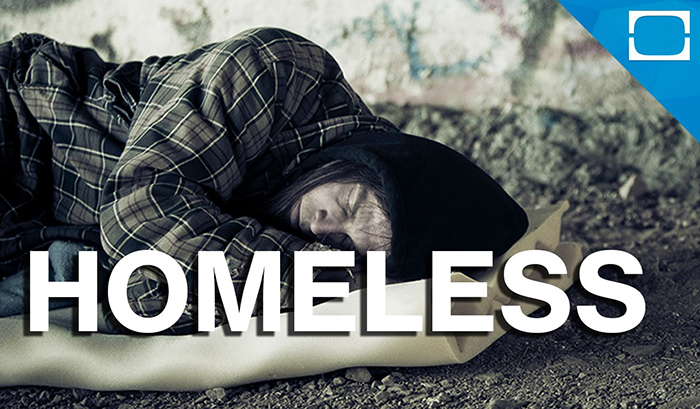Second in a series
Re “The Heart and Soul of Ali-led Protests Felt Different This Time”
[img]2011|exact|||no_popup[/img]
Paramount to Najee Ali’s close planning, last week and this, for his post-Zimmerman trial protests at Leimert Park was to build a permanent tribute structure around the memory of Trayvon Martin, not an ephemeral one.
During the last two decades, the ace community organizer has not been known for leading low-key demonstrations, where the seniors in the crowd have to turn up their hearing aids.
The Leimert Park demonstrations that the soft-spoken Mr. Ali expertly organized Saturday through Tuesday nights (“we don’t need to meet every night”) came close to drawing an “A” grade for decorum from the LAPD.
A new era of disciplined protests may have dawned.
[img]2008|right|Mr. Ali||no_popup[/img]“My thinking in preparing ahead of time was to do this with a plan and a purpose,” Mr. Ali said in his Jefferson Boulevard office. In a portion of the Concord Baptist Church, he shares space with the young Rev. K.W. Tulloss of the Rev. Al Sharpton’s National Action Network (nationalactionnetwork.net). The Rev Tulloss will be leading the Los Angeles portion of a nationwide series of 100 protests of the court decision on Saturday morning at 9 at the Federal Building, corner of Spring and Temple streets, downtown Los Angeles.
Did Mr. Ali’s protests turn out as orderly as he had calculated?
“Exactly as I had planned. I come from the school of organizing, from being mentored by now-Congresswoman Karen Bass and the Rev. Al Sharpton.
“I see other activists with a bullhorn and a sign about Trayvon Martin, but they don’t have a plan.
“We wanted to make sure that we had a plan, and importantly, to let people (at the three-hour protest) know what the steps were going to be to continue the movement.
“We wanted to send a message with our protest, but I also am mindful of what happened 20 years ago when the verdict came out on the Rodney King beatings.
“At that time, South Central was so spread out, and you had many angry black people who did not have a focal gathering place.
“When violence and tension flared, it was scattered throughout pockets of South Central.
“So I said, ‘This time, let’s have a plan of action to bring anyone who may be angry to be able to come to a safe space and place to vent their frustrations constructively.”
(To be continued)






